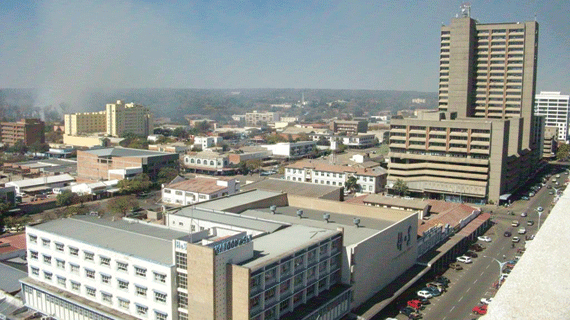
THE Zimbabwe Mining and Smelting Company (Zimasco) has approached the High Court seeking to be placed under judicial management, after failing to service debts that have ballooned to over $65 million. BY CHARLES LAITON
Bizarrely, this comes only days after the country’s biggest ferrochrome smelter and miner signed a $12m lease agreement with a South African-based company, Portnex International to operate its furnaces.
In his founding affidavit, Zimasco commercial director, John Musekiwa said it was essential that the affairs of the company are without delay, placed under the control of a judicial manager.
“There is a reasonable probability that the company, if placed under judicial management, will be able to properly pay its debts and turnaround its fortunes and it is also equitable that it be placed under judicial management,” he said.
Musekiwa further said the company’s indebtedness to banks and creditors had gradually increased from $38m in 2009 to $65m in 2015.
“Servicing these debts has been the company’s greatest challenge,” he said.
“When operating at full capacity, on average, every month the applicant pays about $4m for electricity, about $1,5m to the National Railways of Zimbabwe, about $125 000 to the Minerals Marketing Corporation of Zimbabwe, about $300 000 in royalties to the government, about $2m in salaries to employees, about $600 000 PAYE (pay as you earn) to the Zimbabwe Revenue Authority and about $2m to mining contractors.”
Musekiwa said the company’s operations during the period 2009-2015 have been characterised by poor performance and deteriorating cash flows.
- Chamisa under fire over US$120K donation
- Mavhunga puts DeMbare into Chibuku quarterfinals
- Pension funds bet on Cabora Bassa oilfields
- Councils defy govt fire tender directive
Keep Reading
“This has been as a result of increased operating costs pitted against a continuously declining global market for ferrochrome, where the company is a price taker. Its viability has progressively worsened during that period,” he said.
According to the commercial director, following the loss of one of Kwekwe’s six furnaces due to a fire in 2006, the company’s productivity was adversely affected and so was its financial position.
“The company has been coming under increased pressure from its creditors, some of whom have instituted legal proceedings and obtained judgments,” Musekiwa said.
“The company’s assets are, therefore, at the risk of being attached and sold into execution. There is a danger that, besides the bad publicity arising from the judgments, there is a real likelihood that an uncontrolled run of asset grabbing by creditors may take place.”
Musekiwa also said he, together with other directors, Li Jinqian, Li Cunxiang, Lu Xiangkun and Lin Chen, had taken the view that the problems afflicting the smelting company were temporary and could be overcome if the company is placed under judicial management.
He said the company had identified a judicial manager, Reggie Francis Saruchera, whom it said was an insolvency practitioner and business turnaround expert.
Zimasco, Musekiwa said, has some initiatives, which were being implemented with a view to turnaround its fortunes, adding: “When operating at full capacity, it has an average annual turnover of about $200m and at one point employed about 2 400 employees’ directly and more than 4 000 employees indirectly in its outsourced functions.”
The company has chromite mining locations in Shurugwi, Guinea Fowl, Lalapansi, Mutorashanga and a number of tributary (contractor) operations along the Great Dyke of Zimbabwe.










